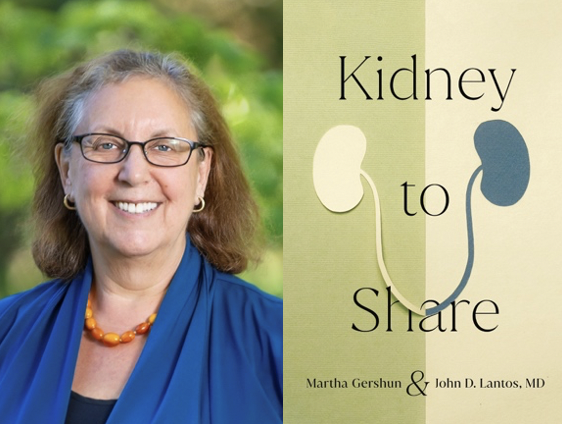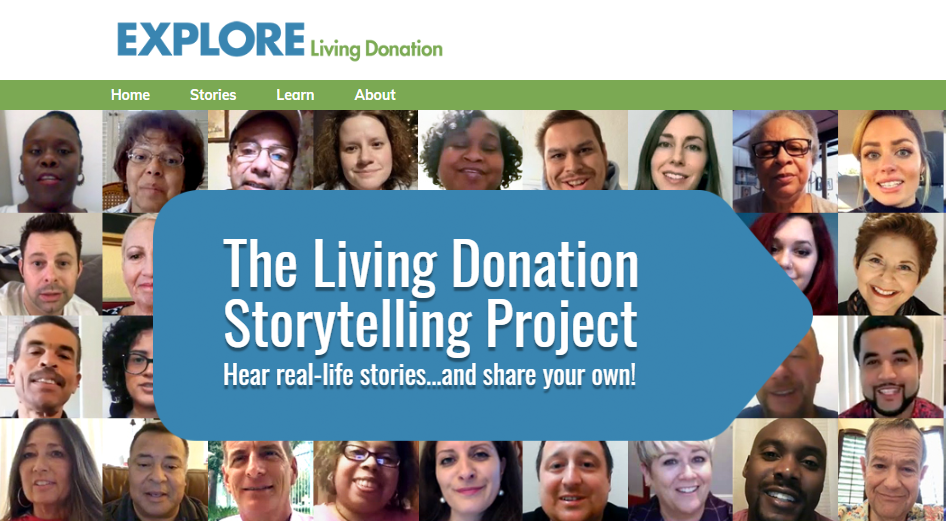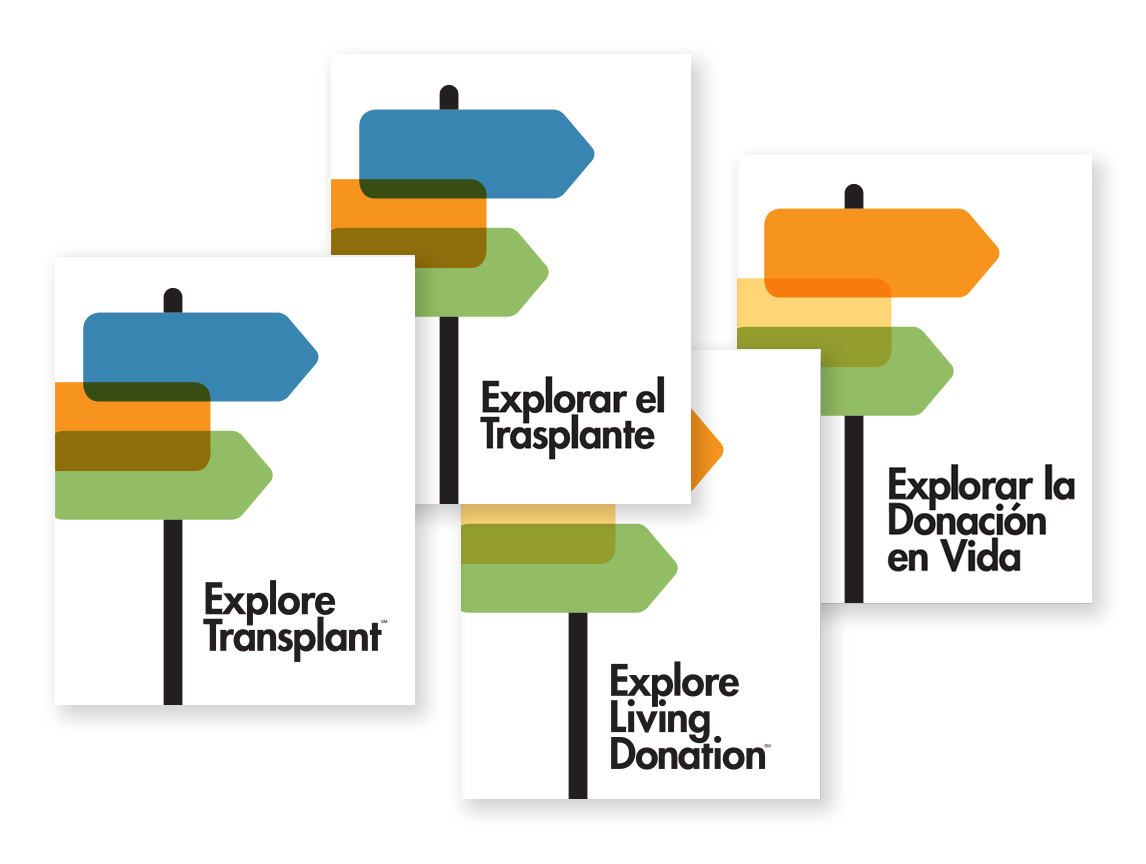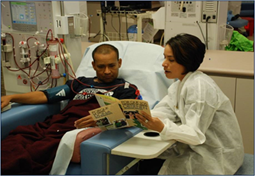Introducing Martha Gershun, New Living Donation Guest Blogger In 2018 I donated a kidney at the Mayo Clinic to a woman I read about in the newspaper (1). Deb Porter Gil was in her mid-50s; the mother of two young adult daughters; a retired attorney, raised in Kansas City, where I lived; who had recently moved to Ft. Lauderdale, Florida. Decades before, while still in law school in Kansas City, Deb had been diagnosed with …
A recent TREC publication on the power of a digital library of living donor stories
By Erica Ho, Research Associate There are over 740,000 people in the United States living with end-stage kidney disease (ESKD)1,2, but only around 6500 transplants are performed every year due to a severe shortage in available kidneys2. Problems like limited kidney transplant education and medical mistrust make it difficult for enough donors and recipients to be matched3,4. Storytelling has been proven to be an effective strategy in increasing education and awareness for other health issues …
Recommendations for making transplant education accessible for patients with CKD stages 3-5
By Grace H. Kim, Research Associate The recent publication, “Recommendations for Systematizing Transplant Education Within a Care Delivery System for Patients with Chronic Kidney Disease Stages 3 to 5”1 by Waterman et al., discusses the findings from a telephone survey of 40 kidney patients, 13 support persons, and 10 providers who were asked about barriers to transplant education and their educational preferences. This review highlights the key barriers identified by chronic kidney disease (CKD) and …
Guiding more patients from the dialysis center to the transplant waitlist
By Anne Osuji, Research Associate In “Education Strategies in Dialysis Centers Associated With Increased Transplant Wait-listing Rates,” Dr. Waterman and coauthors explore the many challenges associated with delivering transplant education in dialysis centers and recommend education strategies that are shown to be associated with increasing waitlisting rates. A Need for Effective Education for Dialysis Center Settings There are many barriers to kidney transplant, with challenges reaching and educating prospective recipients being among the most prominent. …
ET @Home improves decision-making for black & low-income patients
By Anne Osuji, Research Associate & Jessica Nunez, Intern Access to Transplant Education is Unequal There are more than 700,000 Americans with kidneys that can no longer support the needs of the body to remove waste and excess fluid; they have End-Stage Kidney Disease (ESKD).1 Patients with ESKD must either receive frequent dialysis or receive a kidney transplant from a deceased or living donor in order to stay alive. Because waiting for a kidney from …
QIP changes are coming in 2020: Is your dialysis center ready? The Kidney Transplant Toolkit can help
For Professionals in Nephrology, Dialysis, and Transplant: A discussion of CMS ESRD QIP changes that could impact your funding and the Toolkit that will help you be ready CMS requires dialysis centers to increase patients wait-listed for transplant Earlier this year, the Centers for Medicare and Medicaid Services (CMS) announced that, as part of its ESRD Quality Incentive Program (QIP) starting January 1, 2020, dialysis facilities will be required to report their Percentage of Prevalent …






